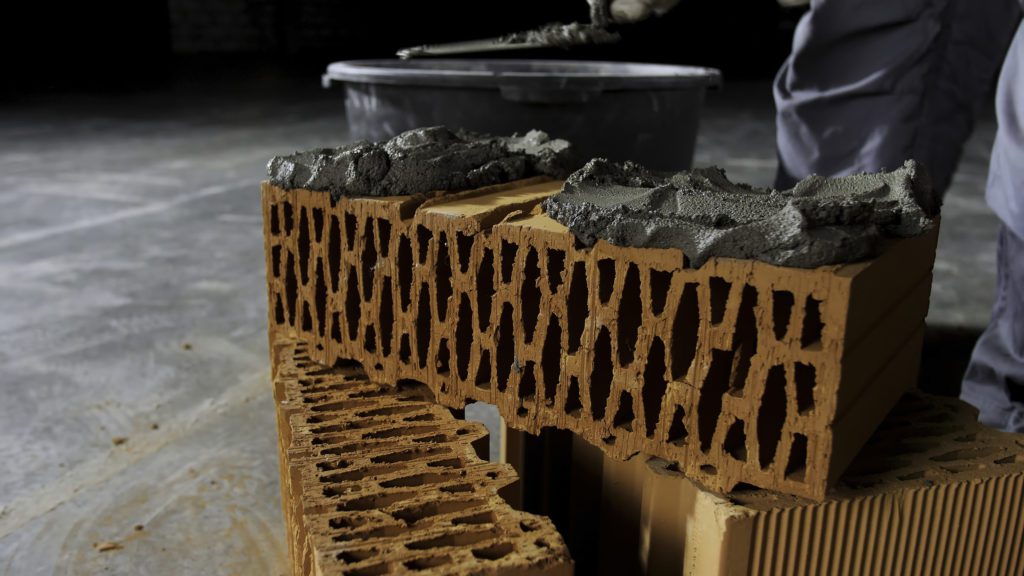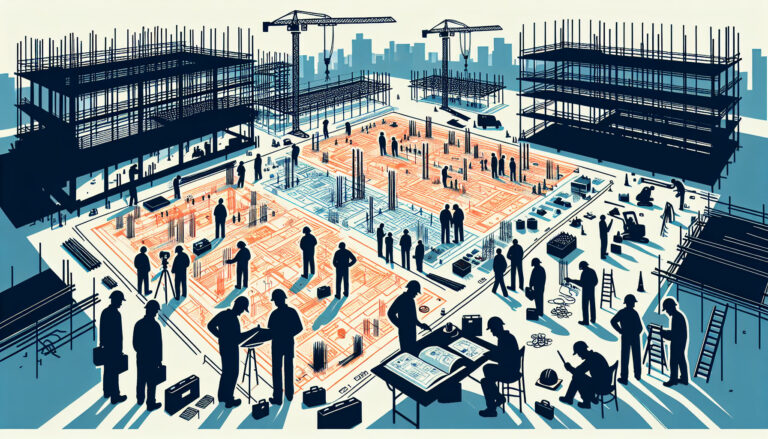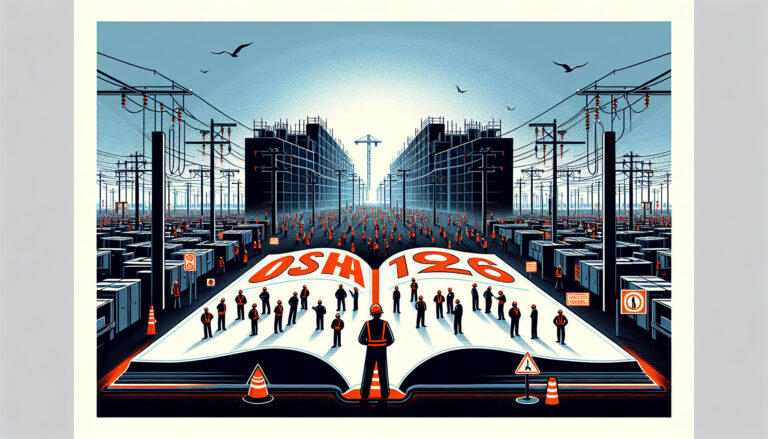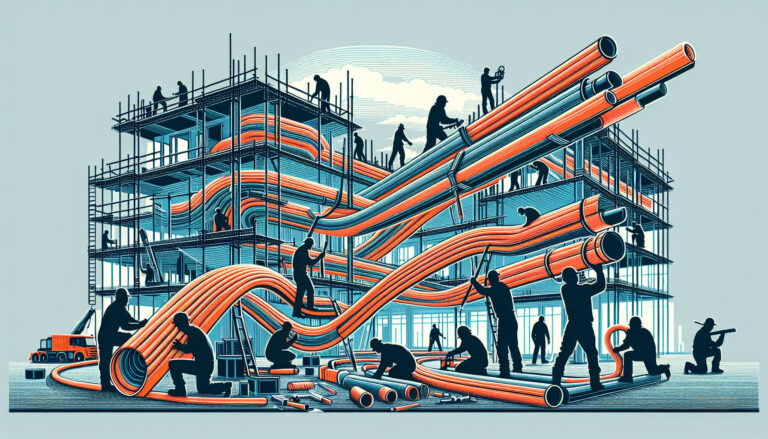Finding sub contract work in the construction industry can be difficult, particularly in larger areas that tend to receive a lot of traffic, but have increased competition for services. Getting steady work can be especially challenging for subcontractors since they also don’t work directly with clients.
Here are 5 tips for finding subcontractor jobs in construction, and how the SmartBarrel device can assist contractors in managing their existing workload.
1. Reach out to general contractors
Rather than waiting around to be found and hired for a job, it helps to let potential clients know that you’re ready and available for work at any time by specifically targeting general contractors looking for subcontractors.
Start by checking top contractor directories, which you can use as a potential client list. From there, choose local contracting companies that you’d like to work with and believe would benefit from your services.
Then make a list including the company’s website and contact information (such as their email or phone number). Once you’ve begun connecting with them and have established a point of contact, you can then add the site manager’s name to your list to help with maintaining a good and consistent line of communication.
Regularly engaging these companies and making it a part of your work routine helps with relationship-building, so that even if your correspondence doesn’t immediately lead to a new contract, it can open up opportunities for future work.
A contractor’s own job can be heavily affected by seasonality. When peak season comes around, they often have subcontractors they’ve corresponded well with to choose for the job.
2. Network through local businesses
Asking other subcontractors you’ve worked with can provide leads, but may not go anywhere since it might conflict with their own interests, so another great option is to network through local businesses to reach construction companies looking for subcontractors.
Subcontracting work like painting, electrical, and landscaping often remains local anyway, so leaving your business card or brochures at businesses frequented by contractors can help with being discovered.
Ask local hardware or supply stores, gas stations, and businesses near construction sites if they have a bulletin board to pin business cards, or if you can leave behind some brochures that may be seen and picked up by contractors.
3. Look for government contract opportunities
Besides the private sector, sub contract work is often offered by federal, state, and local government bodies. Subcontractors of any size and profession can check online to view available contract opportunities. It’s a great way to find work, even for those wanting to get a start in the industry and earn experience.
The federal U.S. government’s System for Award Management (SAM) website, for example, lets you search through existing contract opportunities and lists a primary point of contact that you can connect with.
4. Maintain an updated website
Although it may not seem like a priority, one important aspect of searching for subcontractor jobs is maintaining a website that demonstrates the type of expertise you offer, showcases your capabilities, and communicates that you’re actively available for work.
Potential clients that want to know what you’re offering are certain to look up that you’re not only certified, but that you can provide quality and reliable service. As much as you’d want to rely on your skills to prove it, your website may be viewed by clients as a reflection of your work.
An outdated website, for instance, can give the impression that your business is inefficient or that it doesn’t get many requests for work due to poor results, which is why it’s important to ensure your website is updated frequently with the recent work that you’ve completed.
It may also help to include a frequently asked questions section to specify what you do. Make sure it answers questions like the certifications and licenses you possess and the local areas you’re available to work in. This can save time in correspondence when a client does contact you.
5. Submit well-written bid proposals to a good amount of jobs
Construction companies looking for subcontractors use bid proposals as an indication of whether they’re suited for a given project. Needless to say, you’ll need to submit proposals that demonstrate you understand what’s needed for the job and why you’re the best possible candidate for it.
Remember, though, that for subcontractors in the construction industry, bidding on projects can have varying success rates based on more than quality. Having a good bid-hit ratio can, in other words, be a numbers and chance game.
Bid-hit ratios for subcontractors can vary from 3:1 to as low as 11:1, depending on whether they’re submitting to a public, private, or negotiated project. Some individuals and businesses need to submit hundreds of bids just to ensure they have work throughout the year.
Despite this, a bid-hit ratio can sometimes indicate whether your bidding process is effective. It helps to track how many bids you’ve submitted, calculate the success rate, and measure that number against what’s normal for your area.
Simplify subcontractor jobs with SmartBarrel
Once you’ve been accepted for a job and signed the contract, you’ll want to then ensure that it’s completed on time and efficiently. Modern technological solutions make this much easier.
The SmartBarrel device is a construction workforce management solution that’s simple and easy to use. Suited for all contractor types, it’s a plug-and-play device that’s solar-powered and self-connected, requiring little to no maintenance from IT professionals.
For accounting, payroll workers, and project managers, it’s simple to manage payments, oversee labor, and monitor a job site from anywhere, tracking in real-time who’s on-site. Easily add or remove worker profiles, and access information about any worker on the job.
Biometric facial recognition verifies worker attendance for fraud-free and headache-free check-in. Facial recognition also functions as access control, so only those permitted to enter can access the job site.
It’s an all-in-one solution suited for job sites of all sizes, from small residential projects to high-rise and commercial jobs. Book a demo with SmartBarrel today!






